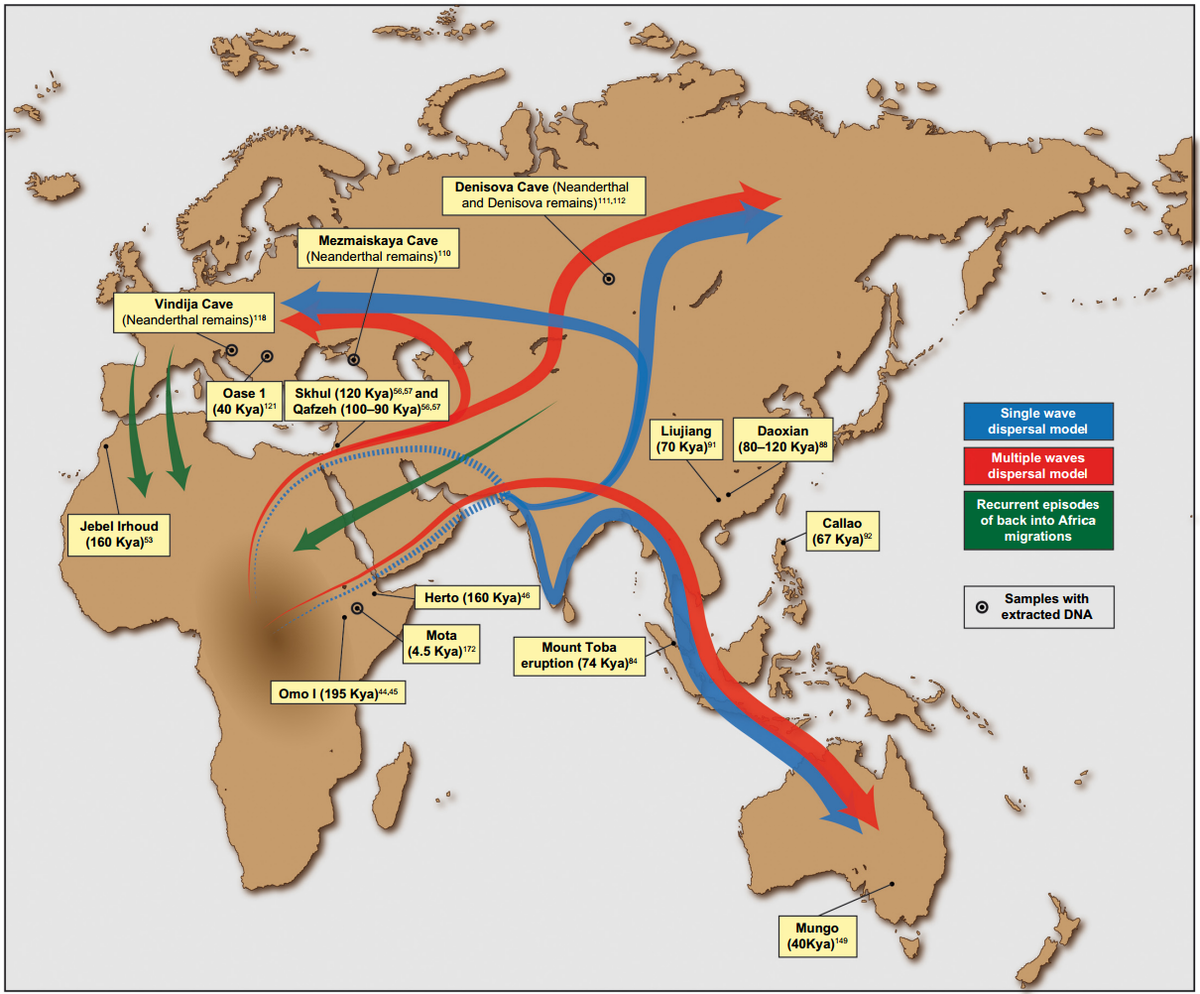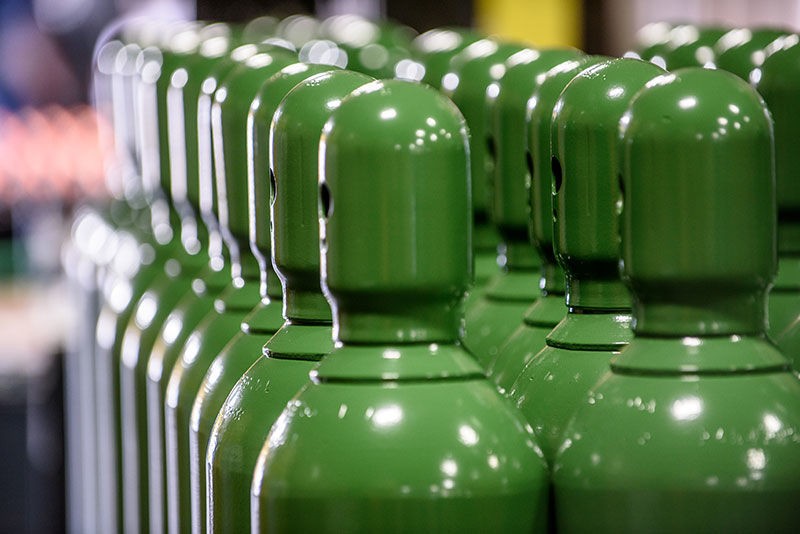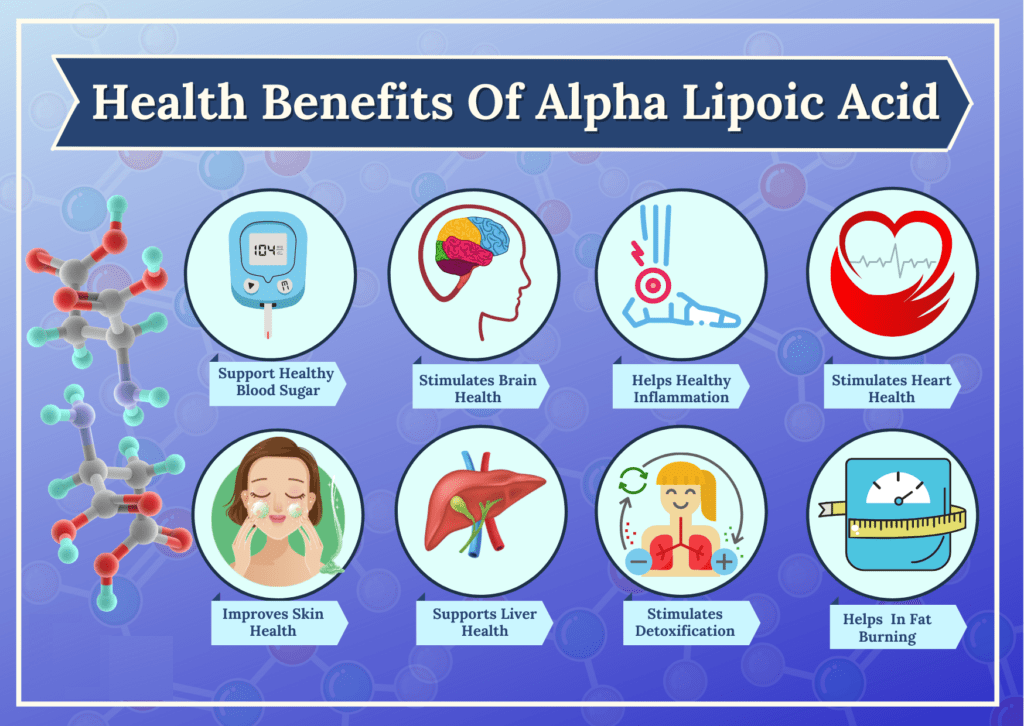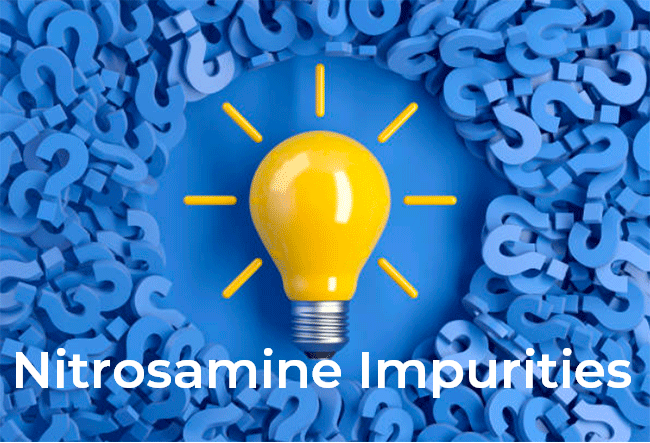☰
INDIA : A comprehensive story from 1st century till 2022
Other

70,000–50,000 BCE: First humans migrate to India.
3300-1600 BCE: Harappa arises in the Indus Valley Civilization.
2000–1500 BCE: Migrations of Indo-European Speakers into India.
1800 BCE: Climate change began to affect Indus Valley Civilizations.
1500–500 BCE: Vedic Period (Bronze Age - Iron Age in north India)
1500 - 1000 BCE: Earliest Hymns of Rig-veda composed
1000 - 300 BCE: Iron Age culture in South India
599 - 527 BCE: Mahavira
563 - 486 BCE: Prince Siddhartha Gautama (Buddha)
518 BCE: Darius of Persia conquers Indus Valley
500 BCE: Jainism founded, Universities of Taxila and Nalanda Founded
500 - 200 BCE: Mahabharata and Ramayana Composed
400 BCE: Classical dance form Bharata Natyam developed
326 BCE: Alexander the Great invades North India
324 - 298 BCE: ChandraGupta Mourya rules
324 - 185 BCE: Mouryan Empire
300 BCE: Greek ambassador Megasthenes sent to Mouryan Empire
269 - 233 BCE: Ashoka rules
261 BCE: Battle of Kalinga
200 BCE: Earliest Tamil Literature
200 - 100 BCE: Trade routes established between Mediterranian and South India, Jews settled in Kochi.
150 BCE: Greek sailor Hippalus identifies monsoon winds
100 BCE: Silk Road trade route established
100 BCE - 100 CE : Tamil poetic collections, the Purananuru, composed
21 BCE: Tamil embassy sent from Madurai to Rome
50 CE: St.Thomas said to have reached Kerala coast
100 CE: India spice trade with Rome reached height
200 CE: Anicut Dam built
300 - 400 : Kalidasa writes plays and poetry
400: Kamasutra composed
500: Aryabhata describes the Orbits of the Planets
600 - 700 Islam introduced to India by Muslim traders
1200: King Kulasekara builds Meenakshi-Sundareswarar Temple
1400 - 1500 Sikhism founded
1630 - 1680: Shivaji Bhosle, founder of Marathan Empire
1828 - 1858: Rani of Jhansi, Heroine of "The Mutiny"
1858 - 1947: British Raj
1949 - 1950: India adopted constitution and Lion Capital of Ashoka as official emblem
India has a rich history spanning thousands of years. In the 1st century, the region was ruled by various indigenous kingdoms and tribes. Buddhism was also present and spreading throughout the region during this time.
From the 3rd century BCE to the 3rd century CE, the Maurya Empire dominated the Indian subcontinent. The empire was founded by Chandragupta Maurya and was known for its efficient administration and territorial expansion.
During the 4th to 6th centuries CE, India was ruled by the Gupta Empire, which is considered a golden age in Indian history. The empire was known for its advancements in science, mathematics, and art.
In the 8th century, the Islamic invasions began, with Arab and Turkish invaders establishing Muslim kingdoms in India. The most notable of these were the Mughal Empire, which ruled India from the 16th to the 19th century. The Mughal emperors were known for their patronage of the arts and the construction of architectural masterpieces such as the Taj Mahal.
In the 18th century, the British East India Company began to exert control over India and by 1858, British Crown rule was established in India. The British colonial period saw the modernization of India's infrastructure, but also the suppression of Indian culture and autonomy.
In the early 20th century, Indian leaders such as Mahatma Gandhi began to advocate for independence from British rule. After years of peaceful protests and political negotiations, India gained independence in 1947. The country was partitioned into two states, India and Pakistan.
After independence, India has undergone a process of rapid industrialization and modernization, and has become one of the world's fastest-growing major economies. However, it also faces ongoing challenges such as poverty, corruption and communal tensions.
In the 21st century, India's economy continues to grow and it is now the world's sixth-largest economy. The country has also made significant strides in technology and space exploration, with successful missions to Mars and the Moon. However, India is also facing significant challenges such as a rapidly growing population and environmental degradation.
In 2022, India is facing a number of challenges including a severe economic downturn due to the COVID-19 pandemic, rising tensions with neighboring Pakistan, and ongoing conflicts with China over border disputes. Despite these challenges, India continues to play a major role in the global political and economic arena, and is considered a rising power on the world stage.




